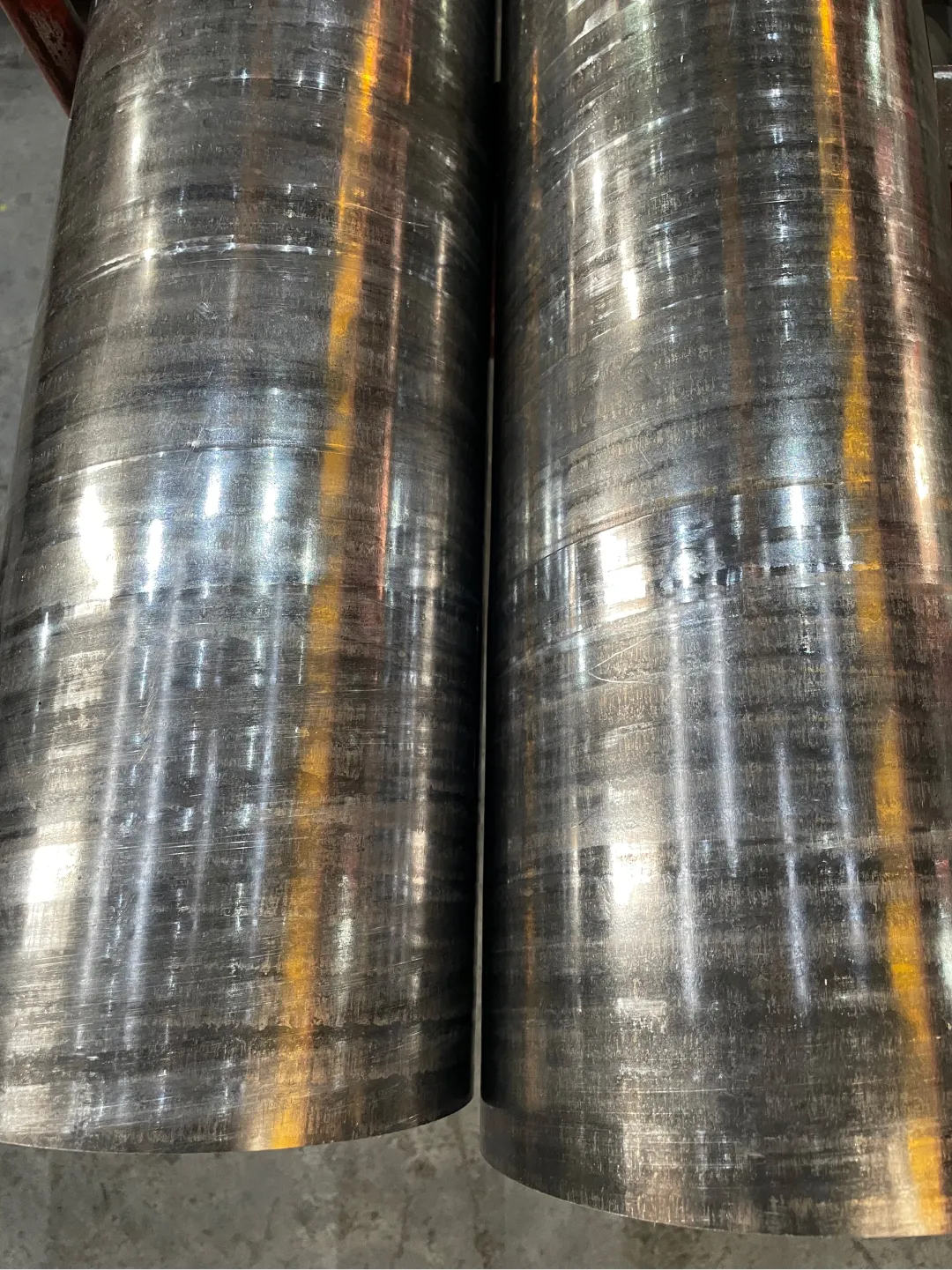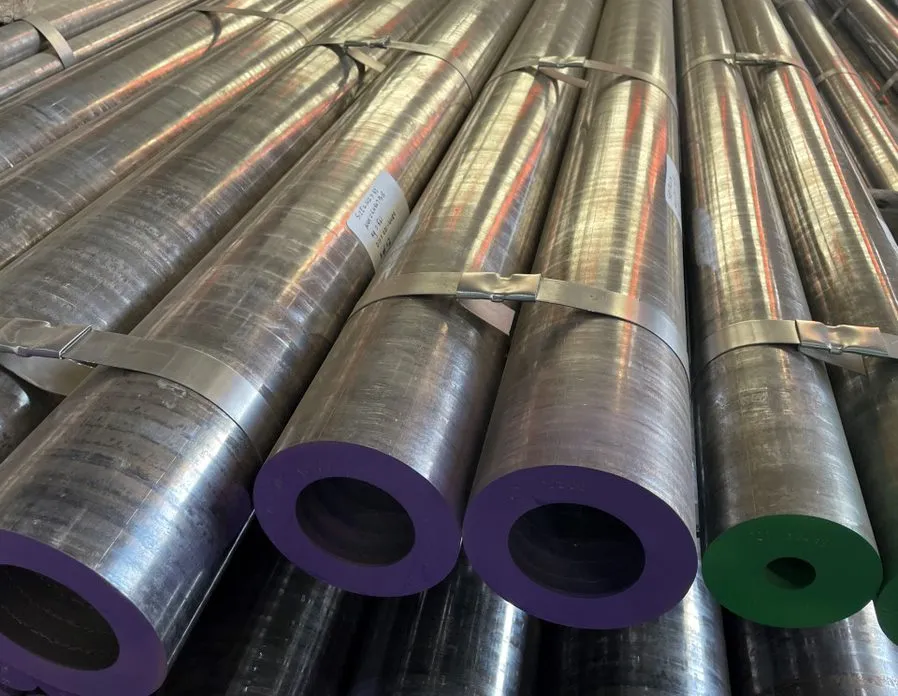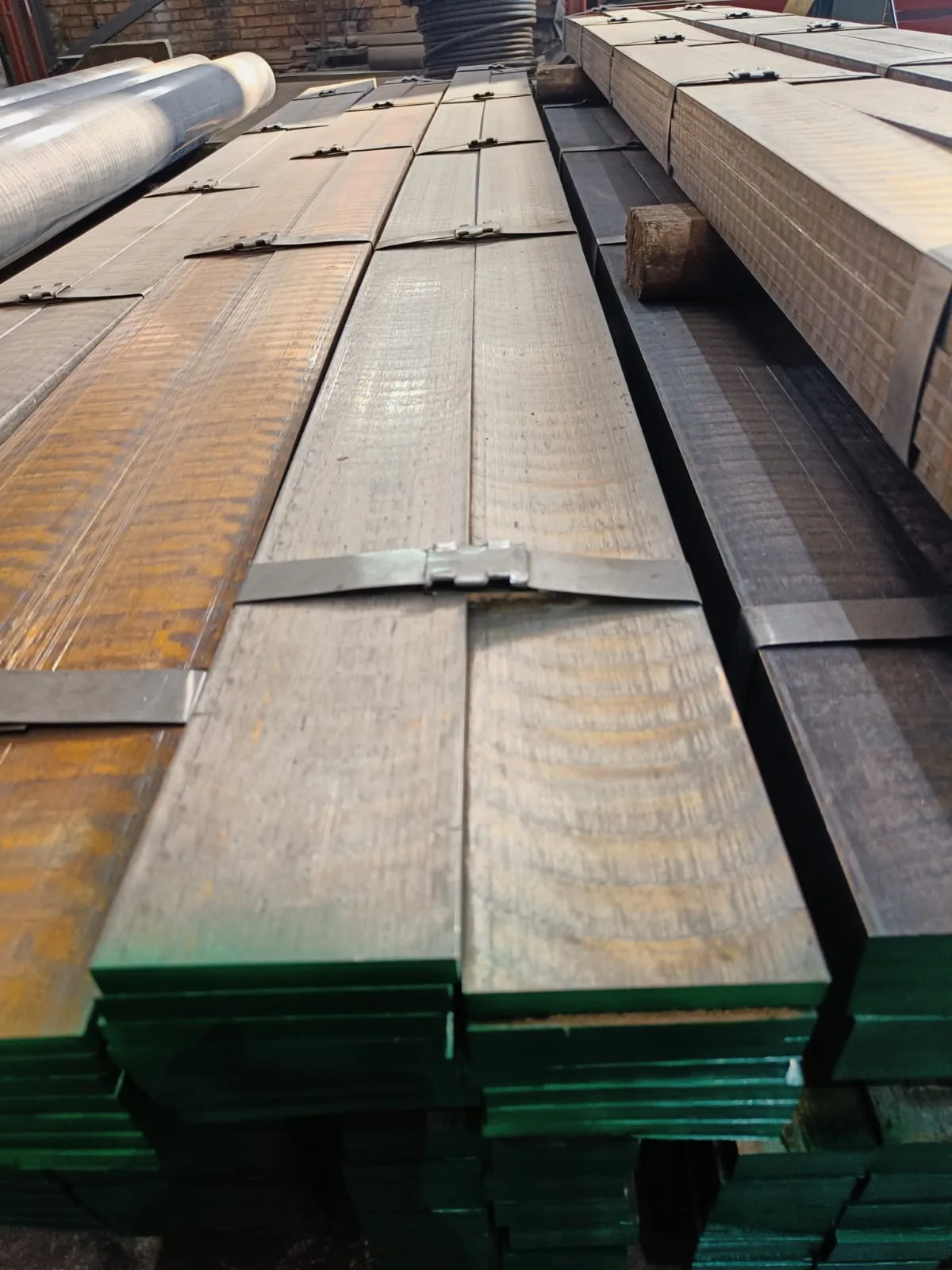
This bronze alloy contains a mixture of copper, tin and phosphorus. It has superb spring qualities, high fatigue resistance, excellent formability and high corrosion resistance. It is used for electrical products.

The B14 alloy is a very hard, tough bronze with good sliding properties and excellent corrosion resistance. Withstands great efforts, impacts, wear, abrasion, fatigue and high temperature; resistant to high hydraulic pressures, good anti-friction quality.

High leaded tin bronzes alloys are free cutting and retain favorable thermal conductivity and good lubricity due to the lead content.

SAE 660 Bronze or C93200 is also commonly known as a high-leaded tin/bearing bronze.
It is one of the most widely used alloys in the bronze range, mainly due to its versatility as a medium range bronze that makes it suitable for many applications.
This bronze has good hardness and strength qualities as well as wear resistance, it also has excellent machining properties and anti-friction qualities.
SAE 660 will not be subject to de-zincification and offers a reasonable amount of resistance to seawater and brine.

LG2 Bronze is one of the most used grades of bronze in the industry. It has medium strength, excellent machining properties, and is suitable for bearings, gears and other components used in relatively light duty applications. LG2 is often referred to as a gunmetal.

(CC 493K) is a tin bronze product and one of the most commonly available bronze alloys due to the materials excellent all-round capabilities. Offering good dry running characteristics and pressure-tightness, RG7 is easy to machine and finds use in the production of slide bearings and bearing bushings.

Tin Bronzes - RG5. It is an alloy of tin bronze, also known as red bronze or lead bronze. It offers good workability and good resistance to corrosion.